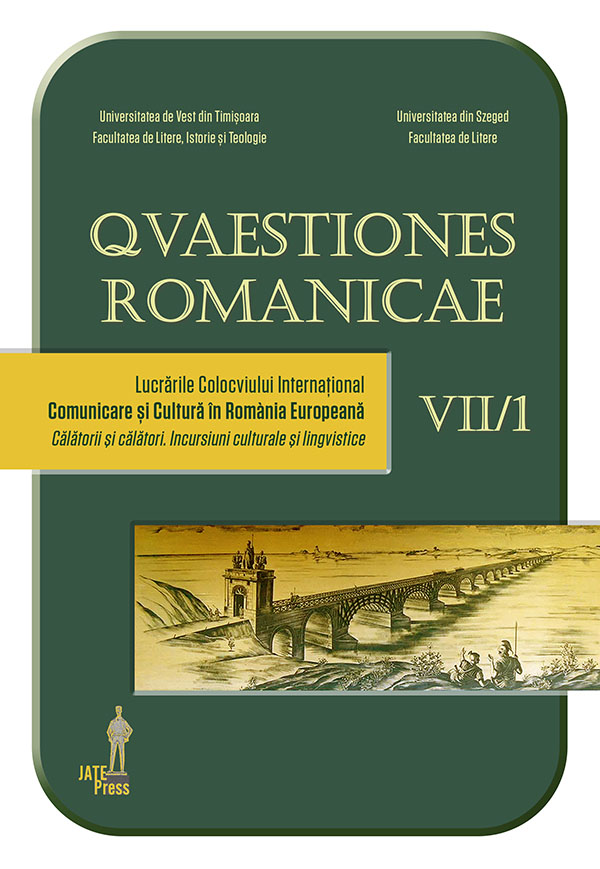L’arrivo degli zingari a Milano in una cronaca ottocentesca dell’Emporio pittoresco
Abstract: (The Arrival of the Gypsies in Milan in a Nineteenth-Century Chronicle of the Emporio pittoresco) “In una delle ultime settimane una carovana di zingari giunse a Milano, e s’accampò fuori di Porta Vigentina sulla strada di circonvallazione. Ivi piantò le sue sudicie tende e gli uomini entrarono in città, offrendo i loro servigi per la ferratura e la medicatura de’ cavalli.” [In one of the last weeks a gypsy caravan arrived in Milan, and camped out of Porta Vigentina on the ring road. He planted his filthy tents and the men entered the city, offering their services for the shoeing and the dressing of horses.] This is the incipit of a chronicle of the Emporio pittoresco of November 1868 (year V, n ° 219, p.289-290), which our work intends to bring to the attention of the reader. The Milanese chronicle integrates verbal units and iconographic signs into a single structure, which we reproduce in their entirety and which we will analyze both in their specificity and in their overall organization. We thus intend to outline a profile, as complete as possible, of the thematic, content and formal relationships that the text maintains with what composes it and especially with what surrounds it at different levels: lexical, phrasal, contextual, intertextual and interdiscursive. We will therefore highlight the traits that linguistically manifest in the text, the presence of a semantically strong nucleus, oriented towards the referent and organized within «schemes of representability» and stereotypes of otherness that order the perceptive and imaginary data into categories (also of judgment) which are immediately available.
Keywords: Gypsies, Italian, news, stereotypes of otherness, representational schemes.
Riassunto: “In una delle ultime settimane una carovana di zingari giunse a Milano, e s’accampò fuori di Porta Vigentina sulla strada di circonvallazione. Ivi piantò le sue sudicie tende e gli uomini entrarono in città, offrendo i loro servigi per la ferratura e la medicatura de’ cavalli.” Così recita l’incipit di una cronaca dell’Emporio pittoresco del novembre 1868 (anno V, n. 219, p. 289-290) che il nostro lavoro intende riportare ora all’attenzione del lettore. La cronachetta milanese integra in un’unica struttura unità verbali e segni iconografici, che riprodurremo nella loro integralità e che analizzeremo sia nelle loro specificità sia nella loro organizzazione d’insieme. Intendiamo così delineare un profilo, il più completo possibile, delle relazioni tematiche, contenutistiche e formali che il testo intrattiene con ciò che lo compone e soprattutto con ciò che lo circonda ai diversi livelli: lessicale, frasale, contestuale, intertestuale e interdiscorsivo. Evidenzieremo quindi i tratti che manifestano linguisticamente, nel testo, la presenza di un nucleo semanticamente forte, orientato verso il referente e organizzato all’interno di «schemi di rappresentabilità» e stereotipi dell’alterità che ordinano il dato percettivo e l’immaginario in categorie (anche di giudizio) immediatamente disponibili.
Parole chiave: zingari, italiano, cronaca, stereotipi dell’alterità, schemi di rappresentabilità.
